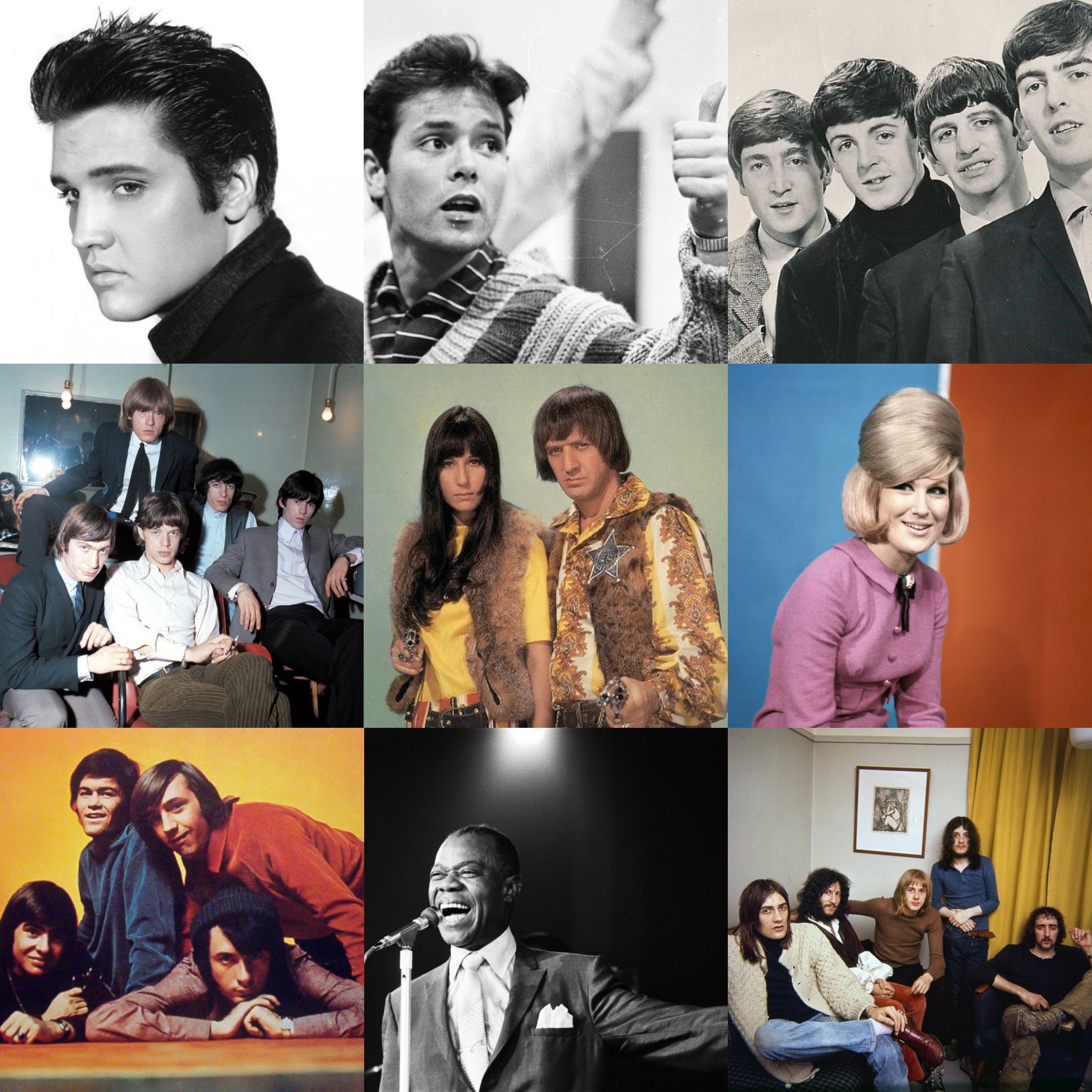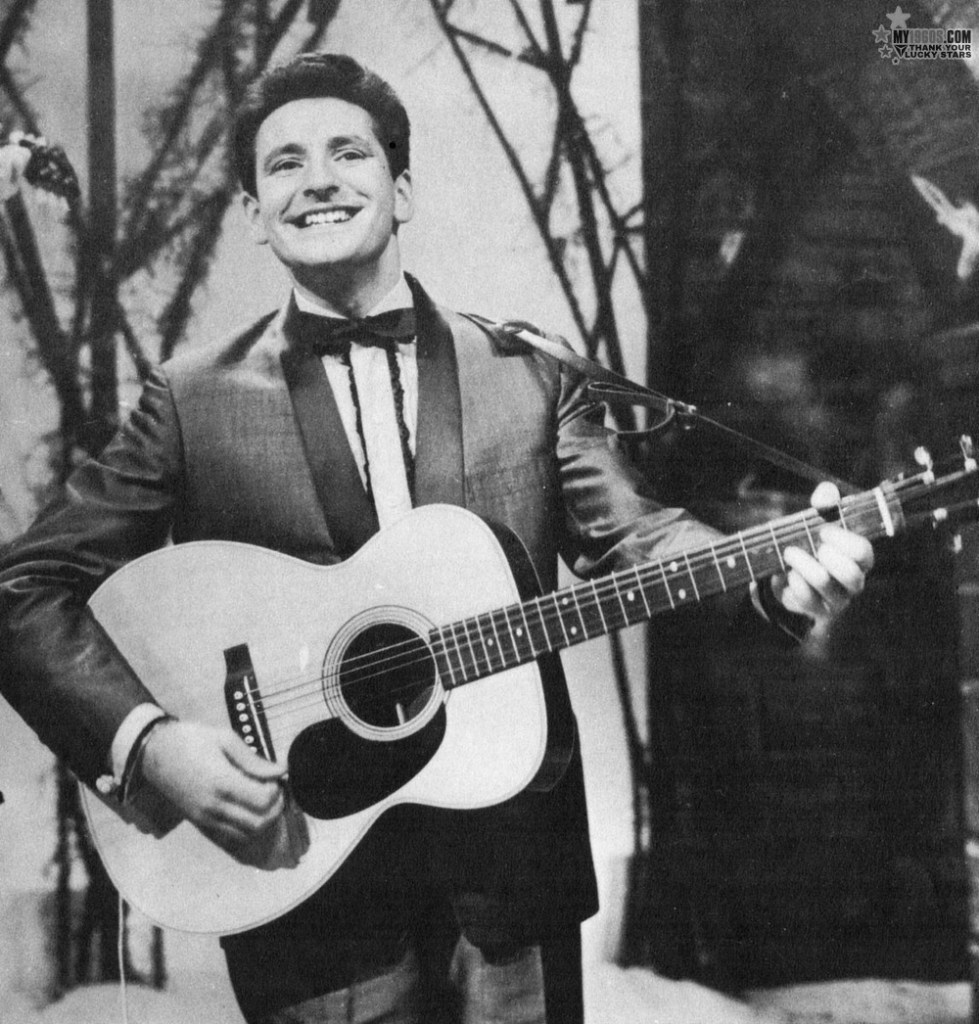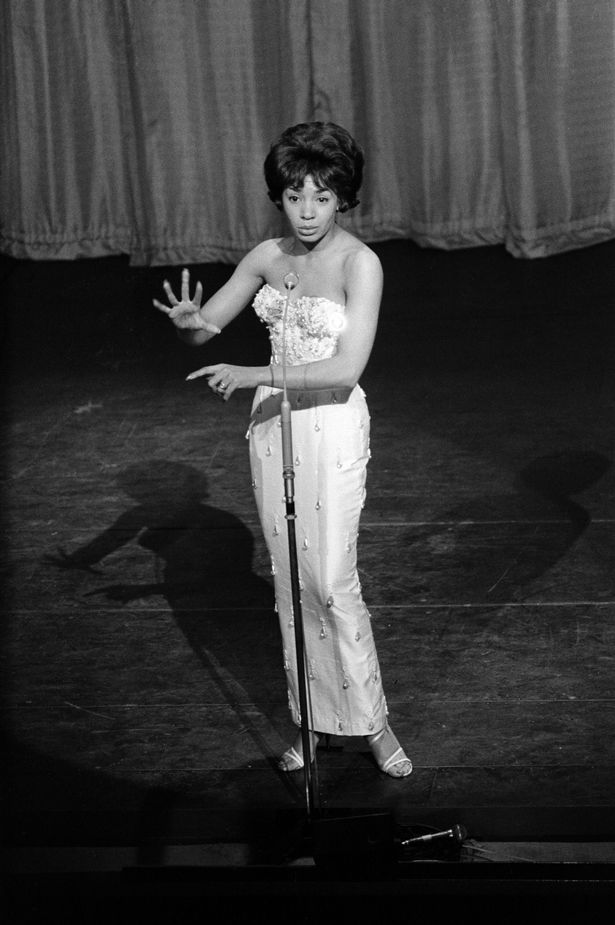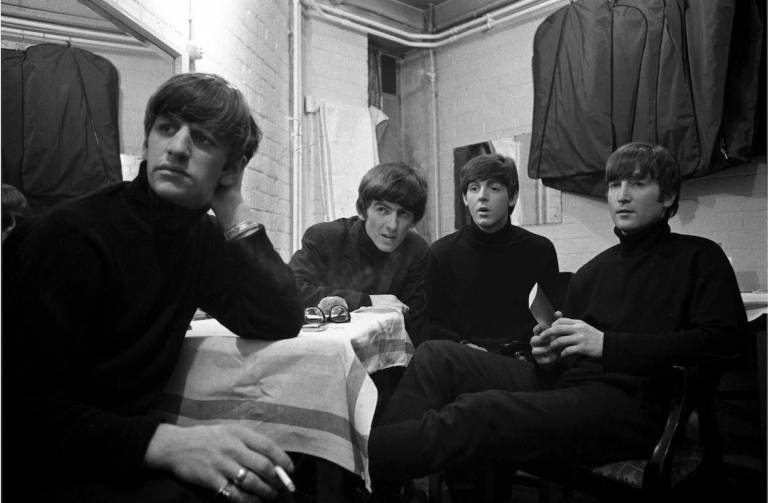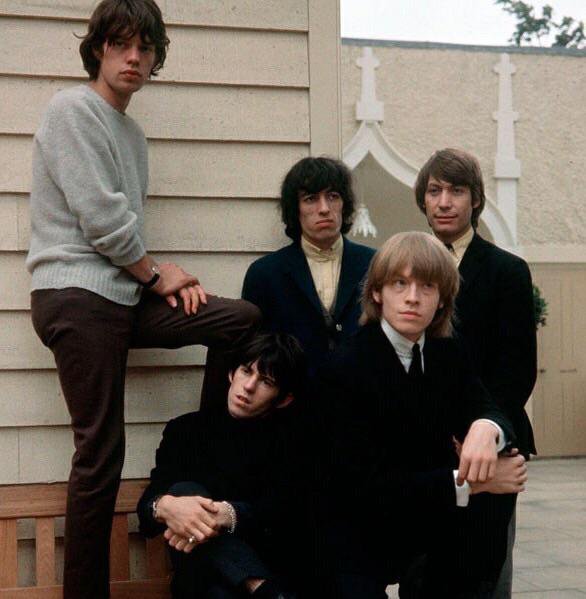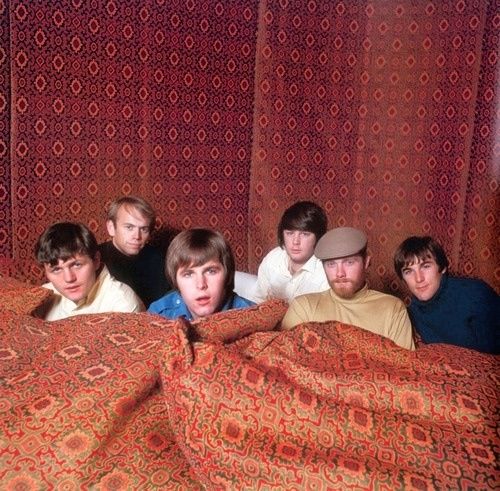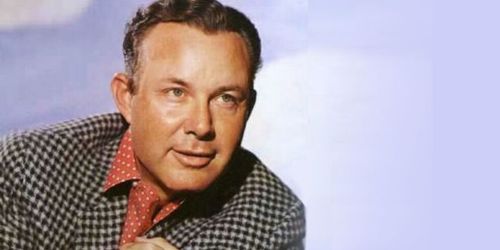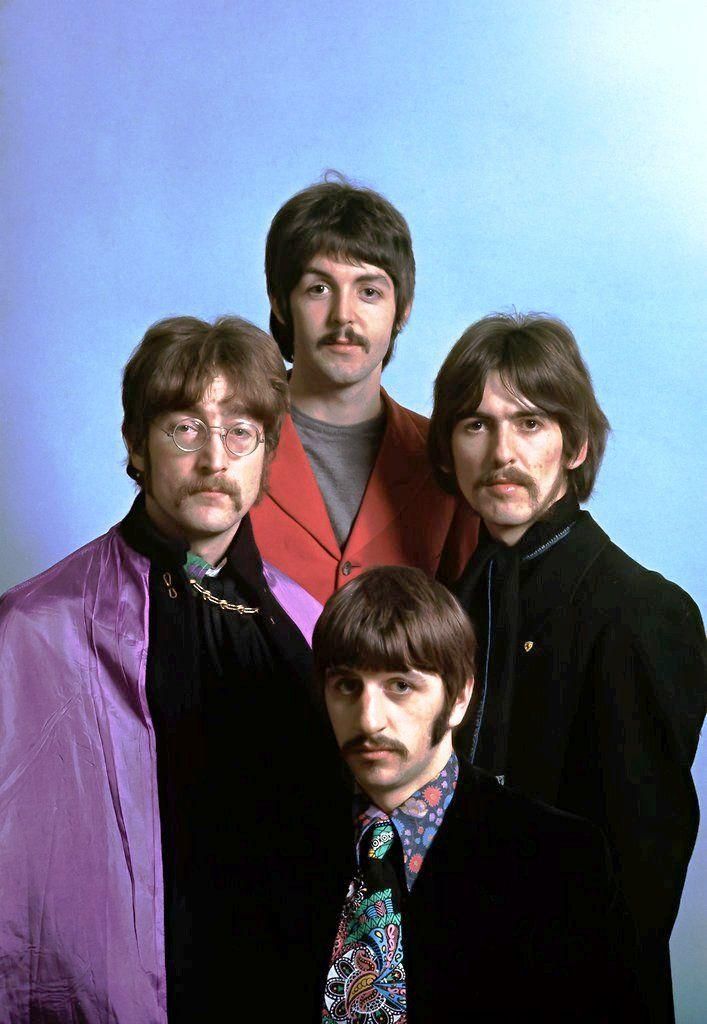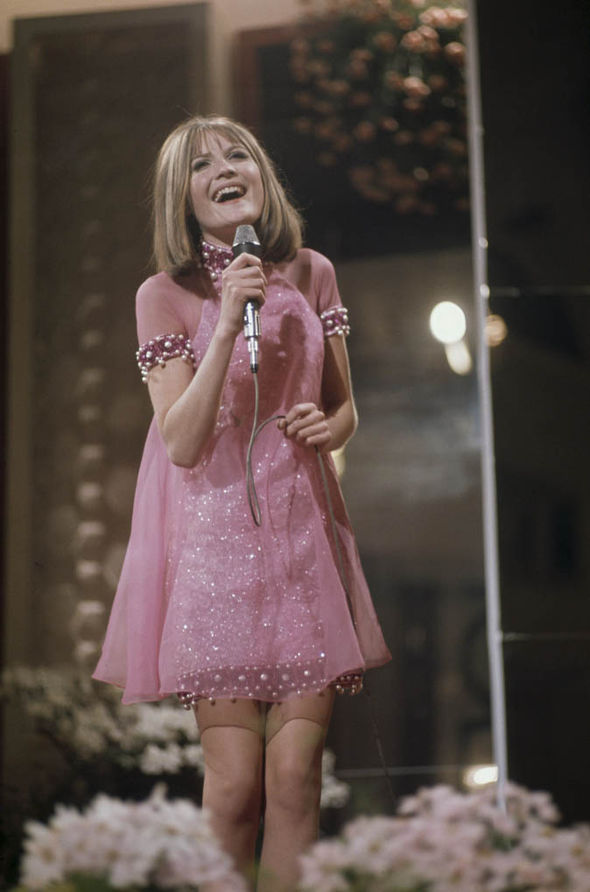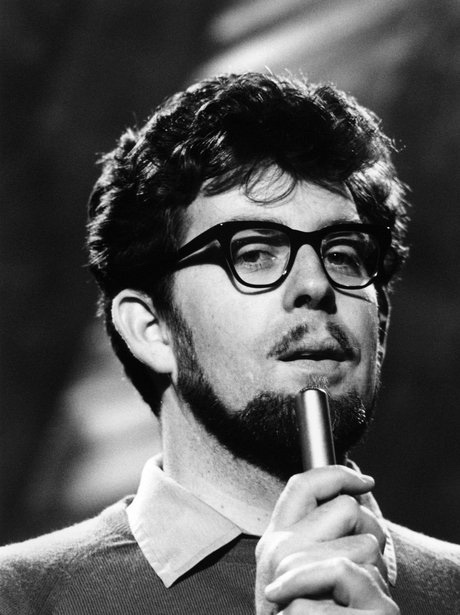
The Intro
‘Queen of Disco’ Donna Summer sold hundreds of millions of records in the 70s and 80s. Her sole UK number 1, I Feel Love, is to put it mildly, one of the greatest, most influential records of all time. Pointing the way towards the future of pop, this collaboration with Giorgio Moroder and Pete Bellotte will never, ever grow old. It is as important to music as The Beatles’ She Loves You.
Before
Summer was born LaDonna Adrian Gaines on 31 December 1948 in Boston, Massachusetts. The third of seven children, her father was a butcher and her mother a schoolteacher. Her performing debut took place at church when she was aged 10, replacing another child who failed to appear. A popular child, at high school she performed in school musicals. In 1967, weeks before graduation, Gaines left Boston for New York, where she joined blues rock group Crow. Allegedly the band split when they failed to be signed due to the label only showing an interest in her.
Gaines remained in New York afterwards, where she auditioned to be in counterculture hit musical Hair. She agreed to take the role of Sheila in the Munich production. Her parents were reluctant for her to move to West Germany, but she did. In 1968 as Donna Gaines she released her first single Wasserman, a German cover of Hair‘s Aquarius/Let the Sunshine In, on Polydor. Over the next few years she became fluent in German and starred in several musicals.
In 1971, Gaines moved to Vienna in Austria, where she married the native actor Helmuth Sommer. She got work as a backing singer, going under the name Gayn Pierre. While flitting between this work and being a part-time model, she got to know Moroder and Bellotte in Munich during a recording session with Three Dog Night at their studio. She signed with them in 1974, releasing their first fruits together, Denver Dream, as a single. Due to an error on the demo’s cover, Sommer decided to keep the name Donna Summer instead. Debut LP Lady of the Night came out that same year. This mix of rock, folk and pop performed respectably in the Netherlands, where it was initially released.
Then a year later Summer approached Moroder with a sketch of a song called Love to Love You. Raunchy and explicit, she was unsure she wanted her name putting to it, but agreed to record a demo. Moroder loved it and insisted her version be released. It reached 13 in the Netherlands, but Moroder knew this was just the start. He sent a tape to Casablanca records boss Neil Bogart in the States. Bogart was a lively hedonist and would play Love to Love You at his wild parties. He loved it, but told Moroder it needed to be longer. This was because people would end up having sex to it at his parties and he got sick of having to put the needle on the record again when it ended too soon. A reticent Summer eventually threw herself into the job, laying on a near-dark studio floor to record a vocal the like of which had never been heard in mainstream pop before. Over 16 minutes long and according to the BBC featuring 23 orgasm sounds, Love to Love You Baby introduced the world to Summer. This filthy disco classic, renamed by Bogart, reached two in the US and four in the UK in 1975.
Summer, Moroder and Bellotte wasted no time in capitalising on the success, with an album of the same name following, then two more, A Love Trilogy and Four Seasons of Love in 1976. These were disco concept albums, featuring lengthy dance floor epics on one side and shorter tracks on the flip. Summer had by now earned herself the nickname ‘First Lady of Love’. Sales dropped in the UK, although Winter Melody climbed to 27 in the UK singles chart.
That October, the trio set to work on another concept album. I Remember Yesterday was planned as an LP showcasing Summer’s ability to put her voice to varying music styles from the past, as well as her trademark disco stylings. The final track, it was decided, would be set to what they envisioned as the music of the future. That future was I Feel Love.
Although Moroder had spent several years developing his string-laden disco epics, he had history with the future of music. His song Son of My Father became the first number 1 to feature a synthesiser when covered by Chicory Tip in 1972. For I Feel Love, Moroder borrowed the Moog Modular 3P from classical composer Eberhard Schoener, who had been something of a Moog pioneer. Schoener’s assistant Robby Wedel proved integral in the recording process. Bellotte later called him the unsung hero of the track as he was able to control the Moog in a way nobody, including Robert Moog himself, thought possible.
The large unwieldy instrument, looking like a small TARDIS, was brought into Musicland Studios in Munich. The first line was laid down and Wedel taught Moroder and Bellotte how to synch tracks. It was he that produced the most distinctive and initiated bassline in electronic music, thought up by Moroder. Each note of the baseline was doubled by a delay effect, with the original note coming through the left channel and the delay through the right, creating that hypnotic strobing sensation. Moroder would alter the key at regular intervals to add variety. The recording process was laborious, with the unpredictable Moog going out of tune every 20 or 30 seconds. For the hi-hat sound they took white noise generated by the machine’s envelopes and cut it up. There was however one human element added to the instrumentation. Because they were unable to get a large enough kick drum sound from the Moog, they used their regular session drummer Keith Forsey, who added seven minutes of thump. Forsey later co-wrote Flashdance… What a Feeling with Moroder.
Summer and Bellotte were supposed to work together on the lyrics. Bellotte headed over to her house one night and got started while Summer was on the phone. It was three hours later before she finally came down, apologising for being on the phone to her astrologer, who was helping her decide between two men she was dating. Bellotte had finished writing the song. Summer made up for the wait by eventually recording her vocal in one take.
Review
There simply aren’t enough superlatives to describe this song. It’s far too big to even be called a song. It’s a cultural touchstone. A landmark in music. And unlike some of the greatest songs of all time, I think it’s actually impossible to tire of it. While researching it I fell down a rabbit hole and listened to over 90 minutes of this one song and the many remixes through the years. I could have gone on, too. It’s also an understatement to say no number 1 before it had ever sounded like this. The Moog fades in, shimmering, before the bass and its delay creates a totally addictive, motorik arpeggio, used on countless tunes ever since. It’s alien, electronic, magnetic. And you can feel blissed-out even before Summer comes in. But when she does… total ecstasy. She glides over the retro-futuristic electronic soundscape like an angel.
Understandably when I Feel Love is discussed it’s the backing that gets most of the attention. Summer’s one-take vocal, though, is fantastic. It takes George McCrae’s orgasmic falsetto on that earlier dancefloor revolutionary number 1, Rock Your Baby to another level. The only criticism I could possibly give this single is that it’s too short. The album version, 5:53 long, is hacked down to 3:45, with the fade-in happening too quick, and it fades out before the third verse. If ever a song deserved to stretch out, it’s this.
And yet, Casablanca didn’t seem so sure about I Feel Love. Moroder later recalled that Bogart enjoyed it but not as much as he’d hoped. Bellotte also says that nobody involved in the making of it seemed to realise just how special it was. It was initially tucked away as the B-side to the ballad Can’t We Just Sit Down (And Talk It Over), released 1 May 1977. But it gained traction in nightclubs, particularly in the UK. Casablanca switched sides and I Feel Love became the single here and then internationally. It became huge. The 12″ version, at 8:15, is even better than the album version.
After
Summer followed I Feel Love with the beautiful Theme from “The Deep” (Down, Deep Inside), co-written by John Barry. It peaked at five. Love’s Unkind, also from I Remember Yesterday, went to number three. Summer, Moroder and Bellotte followed up that LP with Once Upon a Time… a double album based on Cinderella. In 1978 she acted in the modestly received disco comedy film Thank God It’s Friday. Her song from the soundtrack, Last Dance, saw Summer win her first of five Grammys, for Best Female R&B Vocal Performance. Also that year, she notched up her first US number 1 with a live recording of MacArthur Park. Her final album for Casablanca, released in 1979, was Bad Girls. This double LP was the biggest selling and most acclaimed of her career. Moroder brought in Harold Faltermeyer to contribute. Hot Stuff and Bad Girls were both US number 1s, making her the first solo artist to have two songs in the Billboard top three. When her duet with Barbra Streisand, No More Tears (Enough Is Enough) also went to number 1 there, she became the first female artist to achieve three chart-toppers in one calendar year.
Casablanca wanted Summer to continue to record disco only but she had other ideas and as the 80s began she signed with the new Geffen Records. Her album The Wanderer was its first release. Despite a more eclectic sound, the album didn’t have the same impact in the UK as her Casablanca material. The next collection, Donna Summer, was released in 1982. A pregnant Summer sang at the funeral of Bogart, who died during recording sessions. The eponymous album was a success, with State of Independence a number 14 hit in the UK. It was produced by Quincy Jones, ending her long and fruitful relationship with Moroder and Bellotte.
This was followed by an I Feel Love (Mega Mix) by Patrick Cowley. The American producer, like Moroder, is now considered a disco and hi-NRG pioneer. But he was virtually unknown while alive. Shortly before he died of AIDS in November that year, Casablanca released this 15:43 version of I Feel Love that Cowley originally produced in 1978. Stretching the song out even further than before by looping the bassline, he laid new effects and synth work over long instrumental passages. Allegedly, Moroder isn’t a fan. This could be because Cowley somehow managed to better the original. This is the definitive version of I Feel Love, and made the song a UK hit once more, climbing to 21.
In 1983 Summer recorded the album She Works Hard for the Money to settle her contract dispute between Geffen and Casablanca. It was her bestselling album of the 80s and the single Unconditional Love, featuring Musical Youth, was her last UK chart hit for four years. She returned there with Dinner with Gershwin, which peaked at 13 in 1987. Two years later she worked with the UK’s biggest production team of the era – Stock Aitken Waterman. They were untouchable at the time and it paid off. The album Another Place and Time featured This Time I Know It’s for Real, which peaked at three, and I Don’t Wanna Get Hurt, reaching seven.
The 90s were a leaner time for the Queen of Disco but she was still doing well. In 1994, Melody of Love (I Wanna Be Loved) reached 21. Not bad for a new song tacked on to a greatest hits. The following year a new mix of I Feel Love was released and soared to eight. Featuring a new vocal from Summer and remixes by Masters of Work and Rollo & Sister Bliss from Faithless. I’ve heard many great remixes of the track and these are not among them – but they’re very ‘mid-90s’. Remixes of State of Independence followed in 1996 and gave Summer her final chart hit (13).
The Outro
In 2003 Summer released her autobiography Ordinary Girl: The Journey. Five years later came her first original album in 17 years – Crayons. It would be her last. She died on 17 May 2012 of lung cancer. A nonsmoker, she blamed the 9/11 attack for causing toxic fumes she inhaled, as she had an apartment near Ground Zero. Many of the world’s top singers, influenced by her, paid tribute. She had many hits in her lifetime but non compare to I Feel Love. Few things do.
The Info
Written by
Donna Summer, Giorgio Moroder & Pete Bellotte
Producers
Giorgio Moroder & Pete Bellotte
Weeks at number 1
4 (23 July-19 August)
Trivia
Births
30 July: SNP MP Derek Mackay

